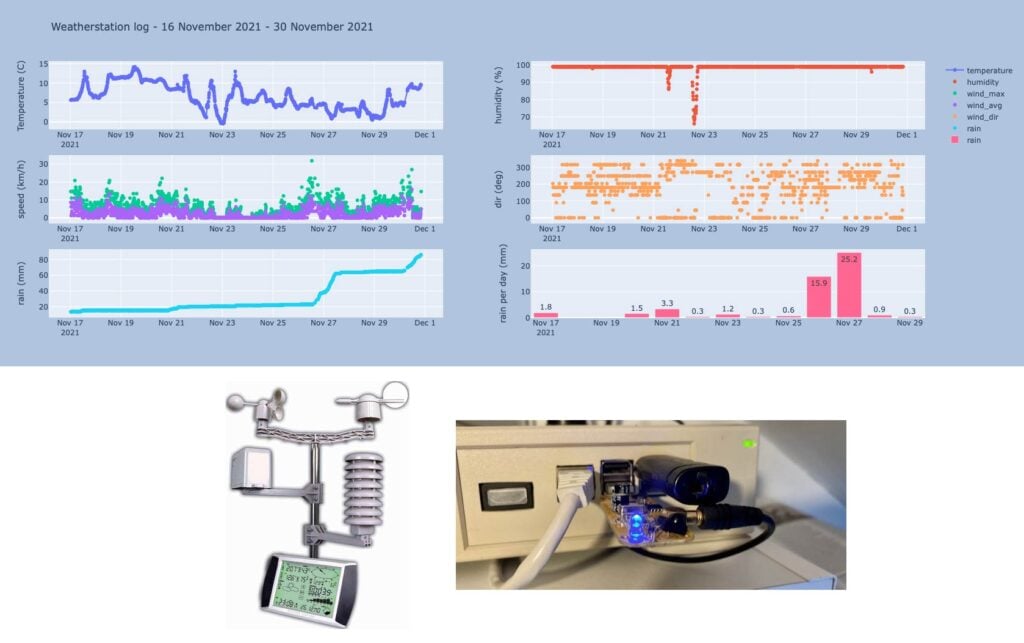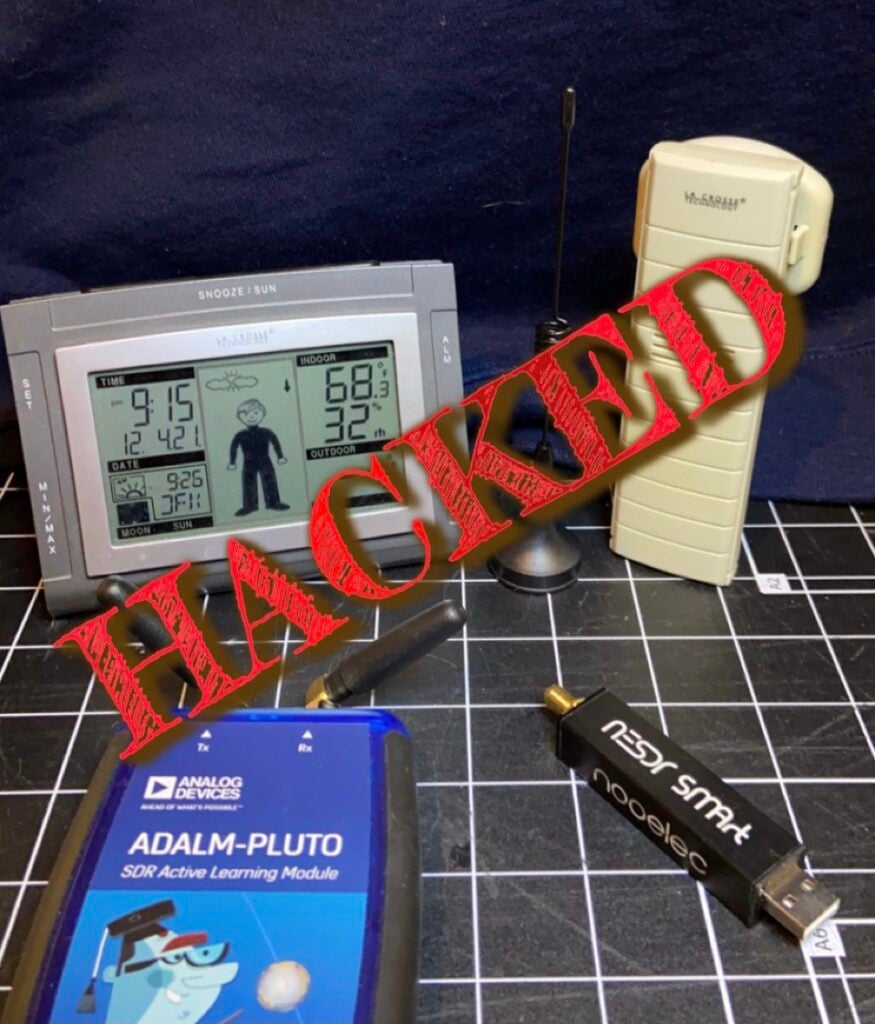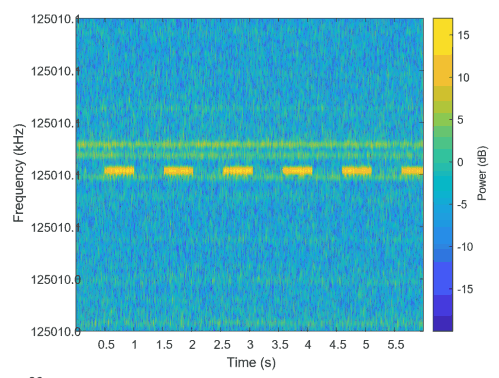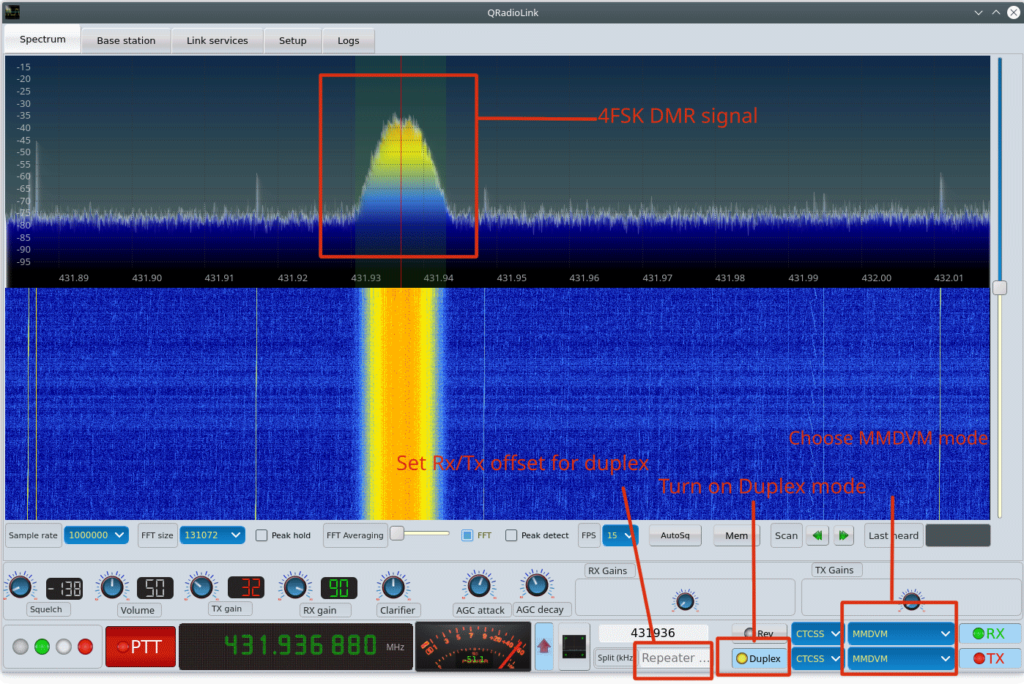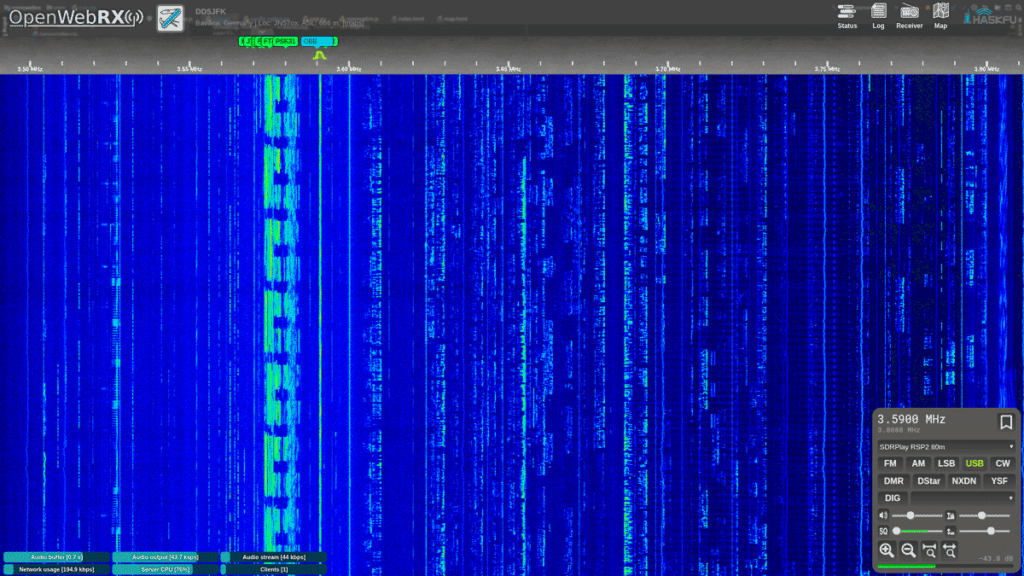A RS41 and DFM09 Radiosonde Decoder Plugin for SDR++
A new decoder for RS41 and DFM09 radiosondes has been released as a plugin for SDR++ by dbDexter. A radiosonde is a sensor package with RF transmitter that is attached to a weather balloon. Meteorological agencies around the world typically launch two per day in order to gather weather forecast data. With an RTL-SDR, appropriate antenna and a decoder it is possible to receive this data, and plot the GPS location on a map.
Installing a plugin for SDR++ requires adding the build options to the SDR++ source, and building SDR++, so it could be a little difficult for Windows, but relatively simple build instructions for Linux are provided in the Readme.

Over on Twitter FelixTRG (@OK9UWU) has tested the plugin out and has found it to work well.
dbDexter developed a WX radiosonde decoding plugin for @ryzerth's SDR++, i tested it rn on Vaisala RS41 launched from Prostejov (CZ) and works wonders.
— FelixTRG (@OK9UWU) December 21, 2021
Tested on linux, question when it will be in win release is on Ryzehttps://t.co/K5vq2iJnW1
Supports RS41 and DFM09 so far. pic.twitter.com/XEK4tci3Vd
